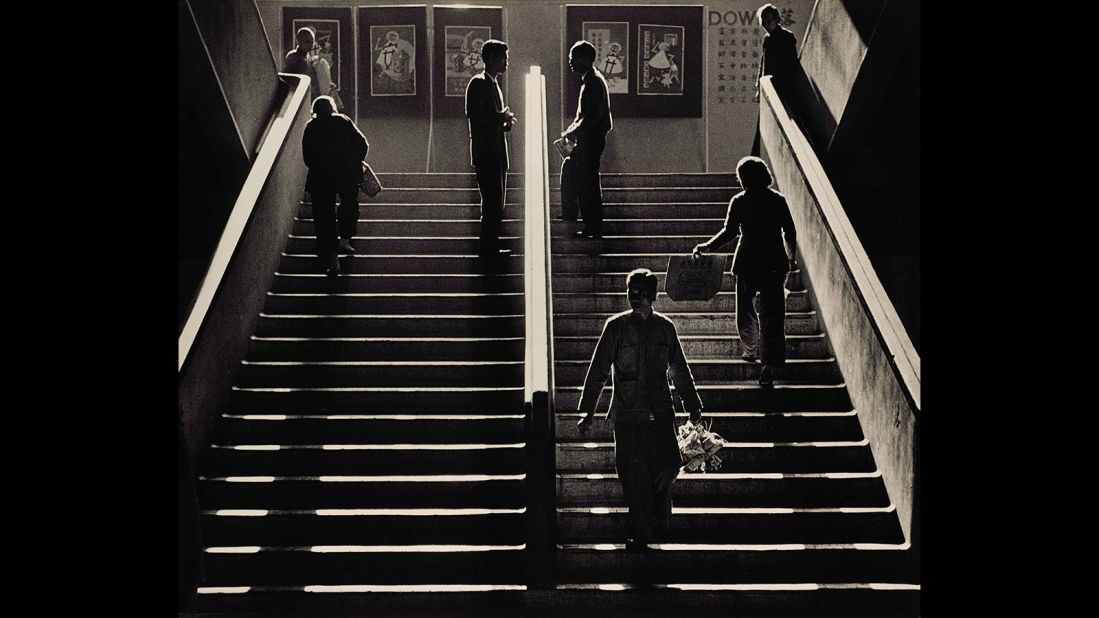- Explain what the phrase Formal Elements means in photography.
- Describe each of the 6 elements discussed so far (line, shape, pattern, , tone, focus)
- Give an example that emphasizes each element (you can use your own image or an image from somebody else – but it must be cited!)
- Can an image show just one element at a time? Justify your answer.
Formal elements are the elements that are used in photography. These consist of Line, Shape, Pattern, Texture, Value/Tone, and focus and movement. every single image ever taken has at least one of these Elements. Lines can be straight, curvy and thick, they can be jagged and smooth to show movement and energy. Lines are expressive tools, they can be used to portray emotions and can be used to separate different things. Lines are a fundamental part of photography that add depth and movement to a photograph. Shapes are the second most fundamental formal element. Shapes create recognition, it allows the viewer to realize if something is heavy, light, big, or small. shapes are used to compare things. They can create a contrast between its surroundings and other shapes. Pattern is the repetition of elements such as shapes, lines, and textures. patterns can be used to create a textual images that have a abstract look to them. Patterns change the viewers perception of the patterns depending on the scale. By using patterns a photographer can keep the viewers engaged, these patterns are created by lines, shapes and contrast. Texture is the appearance, feel and consistency of a photograph. Having texture can add depth and new layers to the photograph. Texture can create an illusion that a photograph and adds more depth to it. When a viewer looks at a picture with a lot of texture, they would ask how it felt. Value and tone is how bright a photograph is. It can also be how bright different parts of the photograph are compared to other parts. Value and tone allows the photographer to emphasis points and things in their photograph. Focus is which areas in the photograph are the most clear. It can direct the viewers attention to different parts of the photograph and it can make a subject look more sharp and clear.

This image uses lines to emphasis the different shapes in the photo. It also gives the idea that the photograph is of something larger because the lines don’t abruptly end and they are not cut off, it looks like they keep on going after they end at the edge of the photograph.

This photograph Utilizes shapes to compare them with each other. They are all different colors so that the viewer can tel them apart.

This photograph uses pattern to emphasis the white speck in the middle of the photograph. since it is different the viewer eyes drift to it automatically.

This photograph uses texture to create the sensation that if the viewer touched the photograph then it would be bumpy and rough.

this photograph uses tone to compare one side of the image to another. It shows a gradient from dark to light. It also shows depth and a mood in the photograph.

This image uses focus to emphasis the smaller hole in the middle of the photograph.
A photograph always has more then one of the formal elements in them. This is because each of the formal elements are connected with each other. Lines can create a pattern or a shape and tone can focus the image on something and it can also create a sense of texture.
List 3 things the photographer might have been interested in capturing in this picture?
If you were the photographer, what title would you give it? Explain why.
Describe the use of line, shape, Pattern, texture, tone and focus

Andreas Gursky, retrospect
The photographer wanted to capture all of different colors int his photograph. This is due to the large array of colors in the photograph. Another thing that they might have wanted to capture is the different rows of shelves in the grocery store. This is because the photograph is taken with a Ariel perspective looking down on all of the rows of shelves. A 3rd thing that the photographer might have wanted to capture was the contrast between the colorful shelves compared to the plain white and grey ceiling.
I would name this photograph Fruit Loops because it has a lot of different colors just like Fruit Loops. It also has a ceiling which could be the inside of the cereal box.
This photograph uses all of the formal elements in it. It uses lines to separate the different products in the photograph and to separate the ceiling from the ground. It uses shapes to create all of the different products it the store and to create the poles sticking out. It allows the viewer to distinguish each product because of the shape of it. It uses pattern to create a sense of repetition in the photograph. It also emphasises the poles sticking out from the ground. the photograph uses texture to create the sensation that the photograph is 3d. if a viewer were to touch it then it would feel really bumpy and jagged due to the rows and products in the photograph. It uses tone and focus to make the viewer confused. the viewer does not know here to look because everything is clear and bright. There is no clear subject leaving the viewer bedazzled.



































Recent Comments